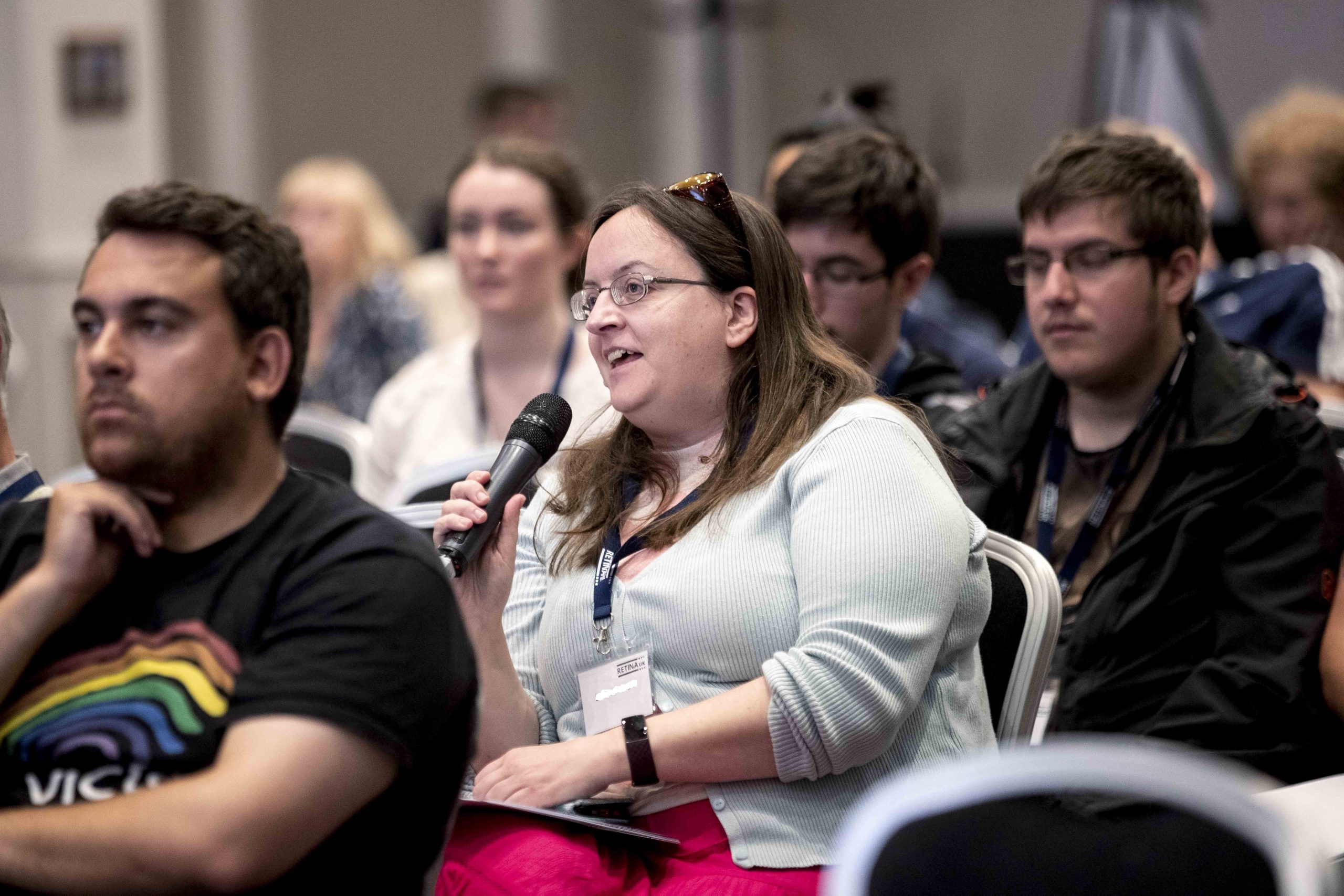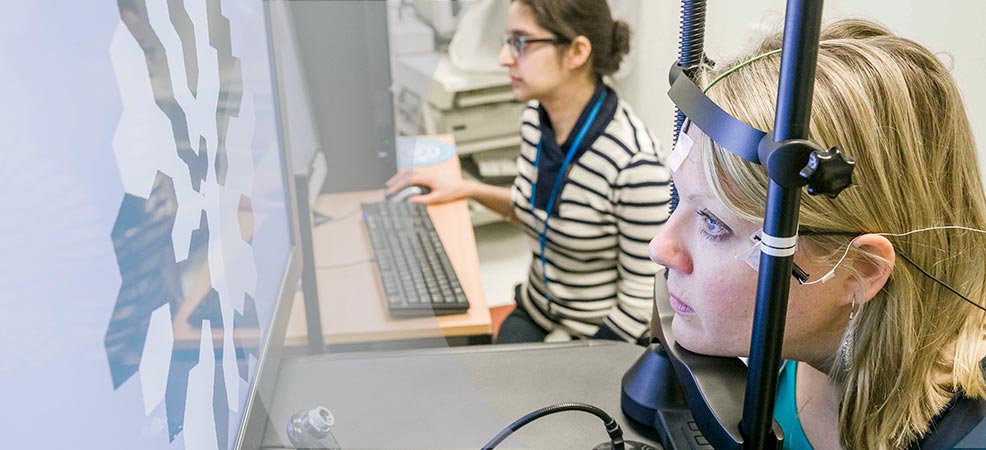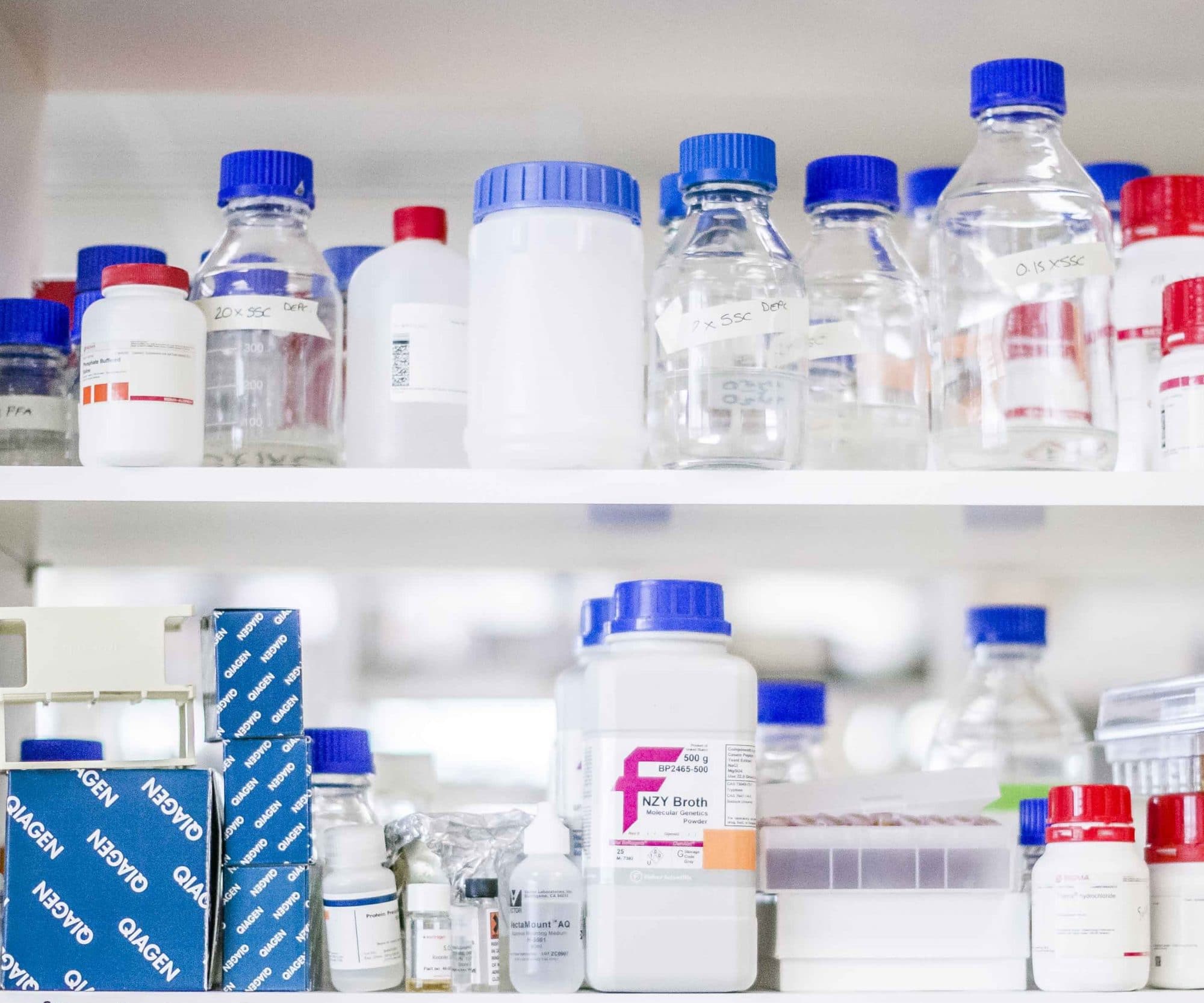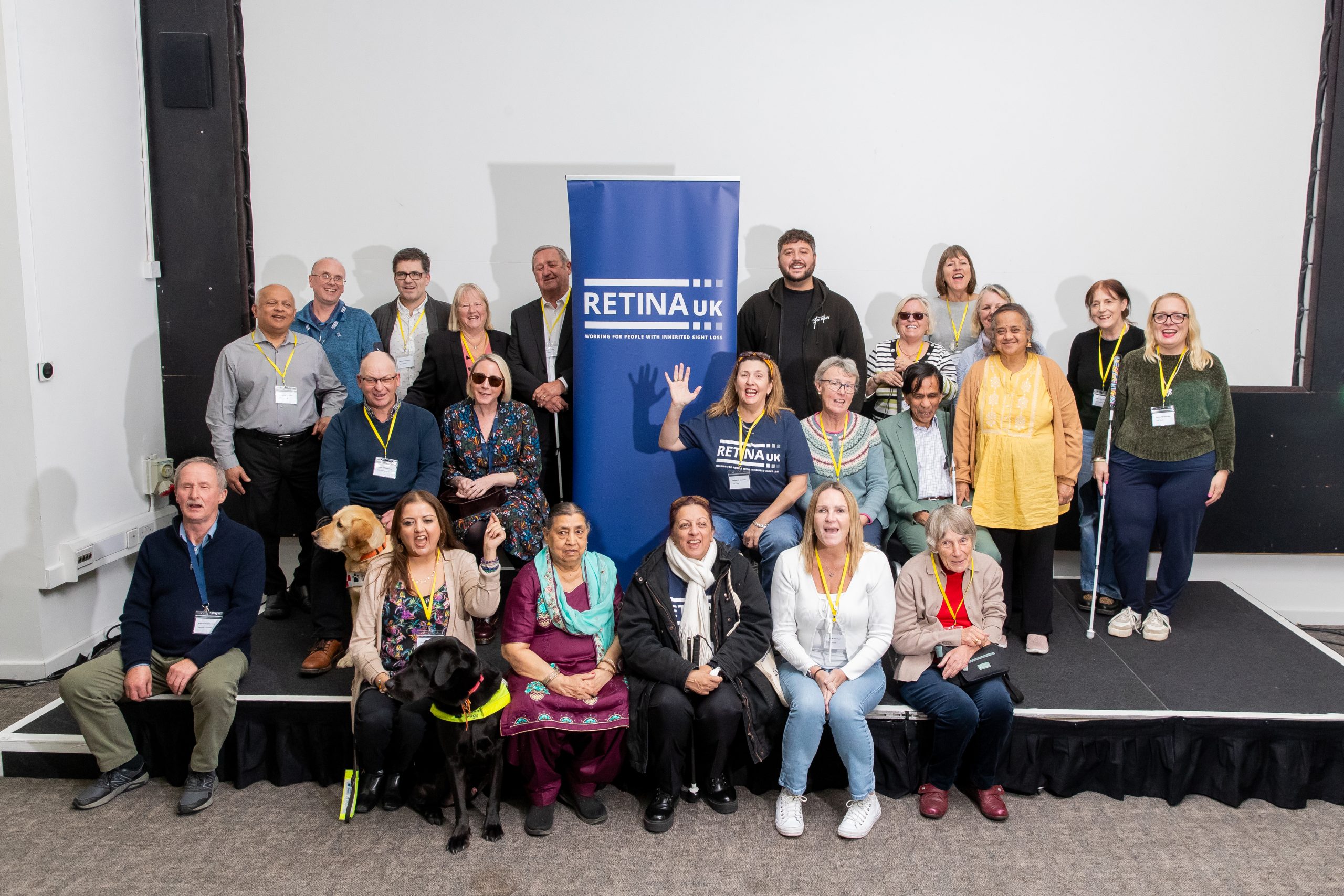Connective tissue performs many functions in the body, and in Stickler syndrome the affected connective tissue affects primarily the face, palate, eyes, ears and joints.
Symptoms
The symptoms of Stickler syndrome vary greatly from one individual to another and affected individuals may not have all of the symptoms. However, Stickler syndrome is characterised by:
Vision and eye health
- Myopia – near sightedness
- Retinal detachment (retina separates from the back of the eye) – if left untreated, it can cause blindness
- Retinal holes and Giant Retinal Tears (GRT)
- Cataracts – clouding of the eye lens
- Astigmatism – cornea or lens not spherical
- Vitreous degeneration – the gel within the eye liquefies and pulls away from the retina
- Strabismus – crossed eyes
- Glaucoma – elevated eye pressure and if left untreated, glaucoma can cause blindness
Hearing and ear health
- Hearing loss can be conductive (middle ear), sensorineural (cochlear and potentially auditory nerve) or mixed – over time, this hearing loss can become more severe and eventually lead to deafness
- Glue ear and frequent ear infections
Joints and bones
- Joint hypermobility, particularly in childhood
- Joint pain and stiff joints
- Enlarged joints
- Early onset Osteoarthritis – a degenerative joint disease. In some cases, knee or hip replacement surgery may be necessary
- Knock knees
- Scoliosis – curvature of the spine
- Legg-Calves-Perthes disease – hip degeneration
Facial features and mouth
- Flat cheeks and nasal bridge (most noticeable in infants)
- Small jaw
- Palate abnormalities/obstructed airway
- Split uvula – the tissue that hangs down in the back of the throat is divided
- Orthodontic issues
- Pierre Robin sequence – small jaw, cleft palate, tongue placement abnormalities, and breathing, feeding and speech difficulties
Affected individuals do not need to have all of these features. The clinical picture of Stickler syndrome will vary even amongst affected people in the same family. Some individuals with Stickler syndrome will not have noticeable face features.
Cause
Stickler syndrome has an estimated prevalence of one in 7,500 people in the United States and Europe. It is caused by mutations in one of the genes in charge of forming collagen. Collagen is a type of fibrous protein that connects and supports other tissues like skin, bones and muscles. Collagen is often referred to as the ‘glue’ that holds the body together. There are now known to be at least 11 distinct phenotypic sub-groups of Stickler syndrome where the location of the mutated gene and pattern of inheritance differ from one another.
Stickler syndrome is usually inherited in an autosomal dominant pattern, meaning that only one copy of a person’s gene must be faulty in order for the condition to occur, however it is now known that recessive types of Stickler syndrome occur. If a child has Stickler syndrome, the risk for a subsequent sibling to have Stickler syndrome depends upon whether one of the parents is affected. If one of the parents is also affected, there’s a 50 percent chance that the next child will also have it. Stickler syndrome can also occur as a De Novo gene mutation; this is where a spontaneous mutation occurs during conception or foetal development and neither parent has Stickler syndrome. Find out more at RetinaUK.org.uk/genetics/inheritance-patterns.
Treatment
The treatment of Stickler syndrome focuses on the specific symptoms that appear. Treatment may require the coordinated efforts of a multidisciplinary team of specialists including: geneticist, paediatrician, orthopaedic surgeon, rheumatologist, ophthalmologist, vitreoretinal specialist, otolaryngologist, audiologist, plastic surgeon, orthodontist and other healthcare professionals may need to systematically and comprehensively plan an affected patient’s treatment.
Early identification of Stickler syndrome is important as it allows for surveillance and prompt treatment of associated abnormalities such as retinal detachment or skeletal malformations. Patients with ocular forms of Stickler syndrome may be advised to avoid contact sports due to the risk of retinal detachment. Retinal detachment requires prompt surgery to preserve vision and it can reoccur even after successful surgery. Some physicians recommend prophylactic cryotherapy in certain cases to reduce the risk of developing retinal detachment.
Affected individuals should be made aware of the symptoms of retinal detachment so they can immediately have their eyes evaluated (ophthalmologic assessment) and treated if necessary. Surgery may also be necessary to remove cataracts.
For sight loss that occurs with Stickler syndrome, a low vision specialist can help recommend resources and services to help the individual adapt. Care under the supervision of an ophthalmologist can help correct myopia (near sightedness) through glasses or contact lenses. Early identification of people with Stickler syndrome can prevent vision loss from occurring.
Hearing loss can be treated through the use of hearing aids. Hearing aids may be of benefit for certain individuals. A myringotomy, a surgical procedure in which a small incision is made in the eardrum and small tubes are inserted, may be used to treat glue ear, however this needs to be carefully evaluated as this may lead to long-term tympanic membrane perforations.
Various anti-inflammatory medications and sometimes prescription pain medications may be used to help pain management in joint disease in individuals with Stickler syndrome. In mild cases, short-term relief may be provided from cortisone injections. Surgical correction of joint abnormalities may be necessary including joint replacement surgery such as a total hip or knee replacement. Surgery may also be necessary for skeletal malformations including abnormal curvature of the spine.
NHS England funds a free referral through your GP (see www.stickler.org.uk/referrals). Diagnosis is made through clinical examination and family history, in combination with genetic testing to confirm diagnosis and to determine the precise gene mutation.
For support
Retina UK welcomes families affected by Stickler syndrome to its community. The Retina UK Helpline provides information, support and signposting for people affected by inherited sight loss as well as healthcare and education professionals.
Contact 0300 111 4000 (9.00am – 5.00pm Monday to Friday and Tuesday and Thursday evenings 5.00pm – 8.00pm) or email [email protected].
Condition-specific information
Stickler Syndrome UK
Telephone: 0800 0668273
Email: [email protected]
Website: stickler.org.uk/
Professional reviewed by Ian Joslin from Stickler syndrome UK, September 2024









